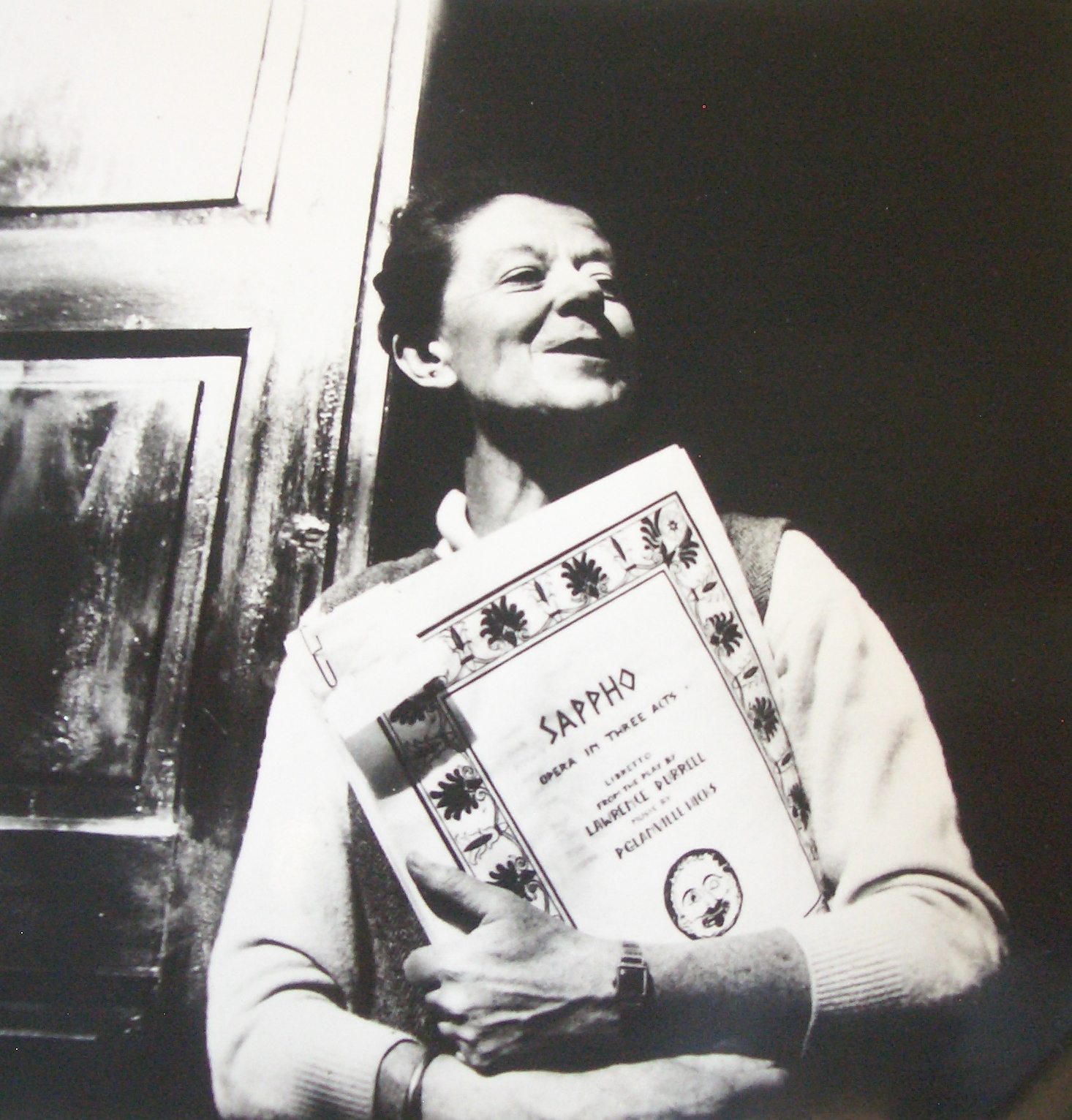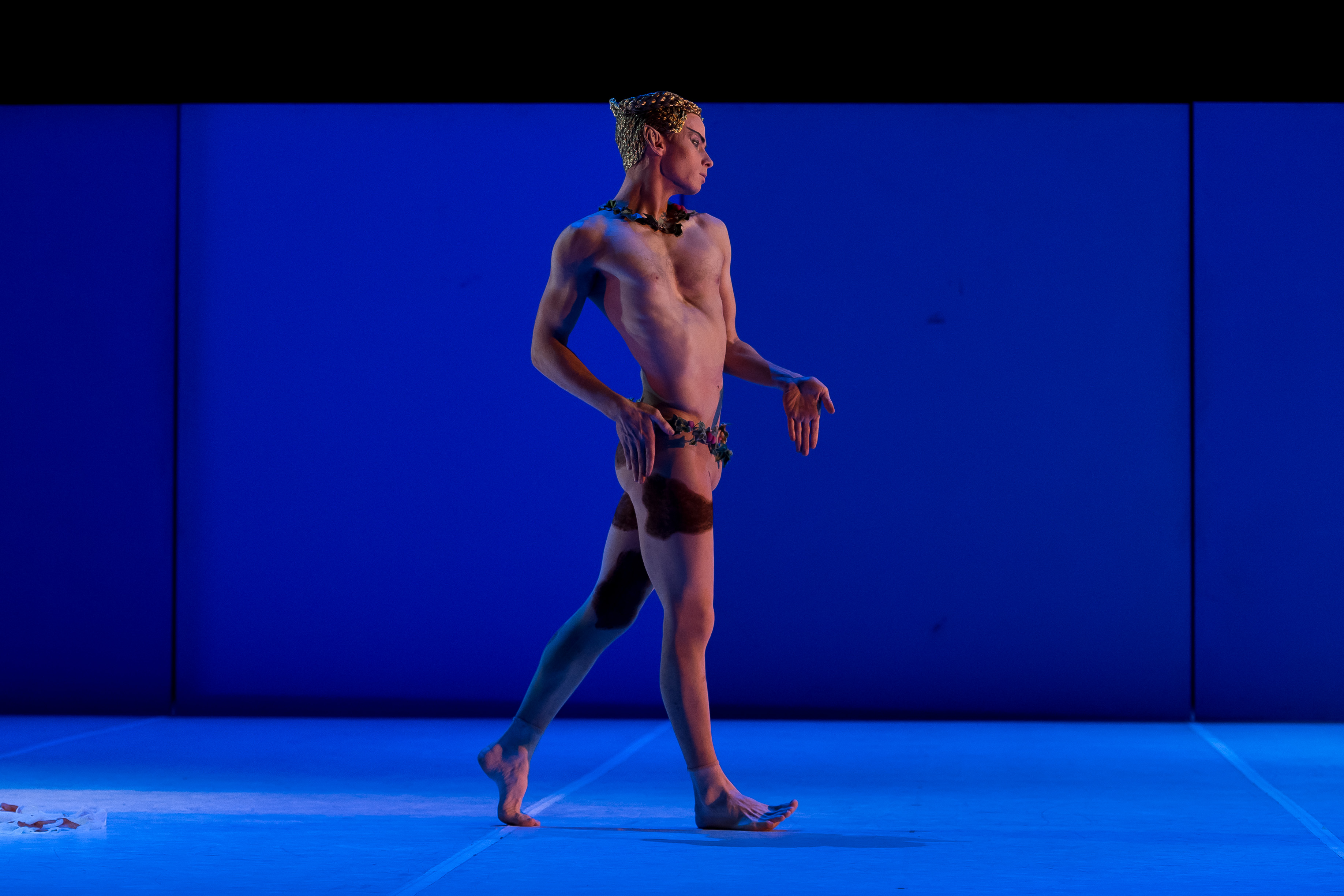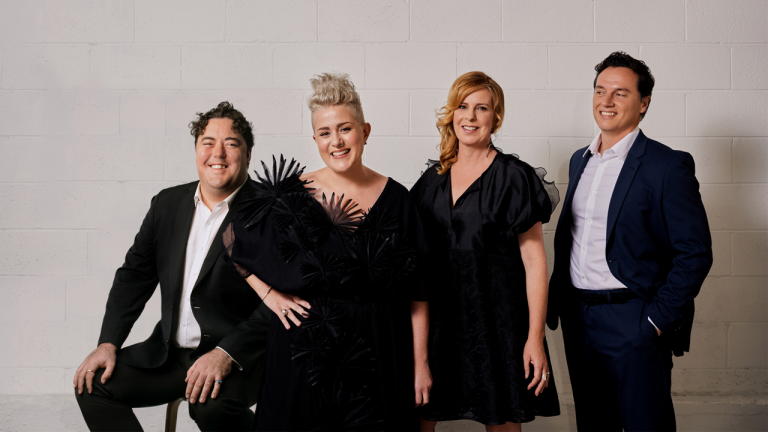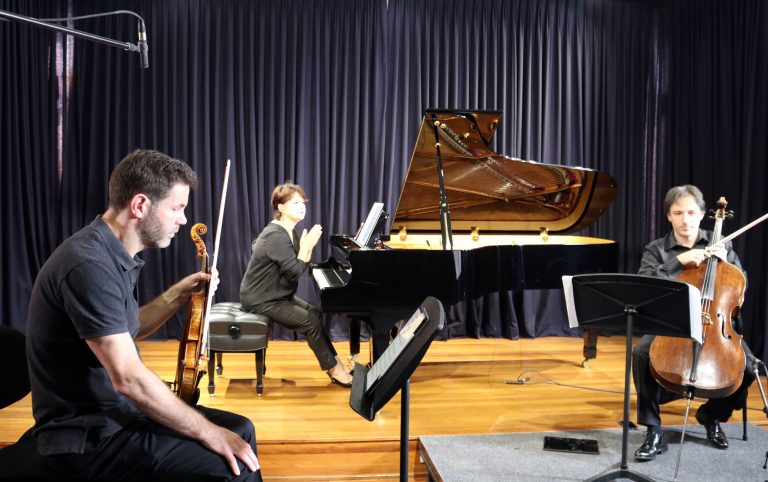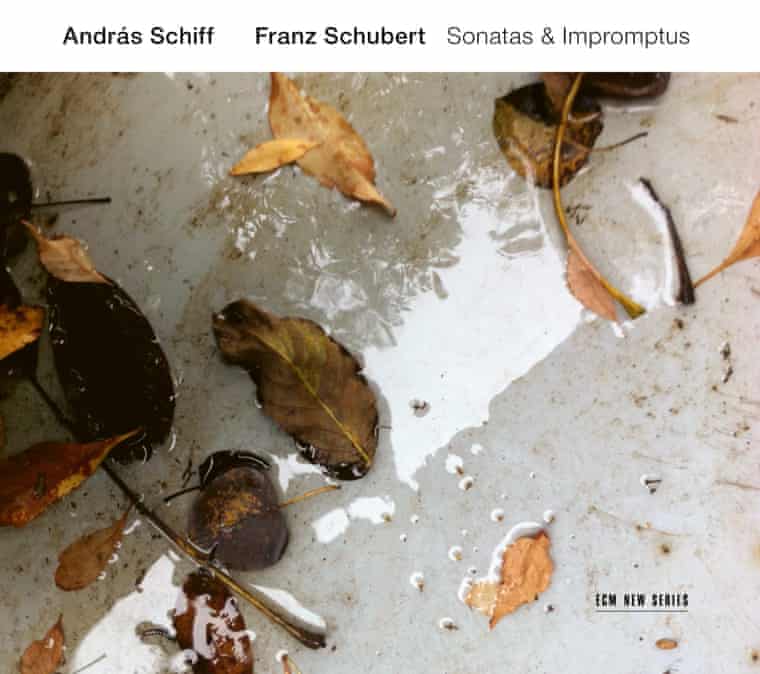‘Sappho’ comes to life – Part I
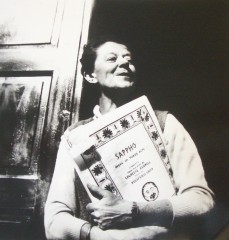
Part 1 of two-part interview with emerging Australian conductor Jennifer Condon.
Nearly 12 months ago, 28 year old Jennifer Condon visited Sydney to garner support for a project fired by a passion that has burned in her for the best part of a decade.
During her final year of school in Sydney, she heard a fragment of the forgotten opera Sappho by the Australian composer Peggy Glanville-Hicks, with libretto by Lawrence Durrell. She determined she would bring to life the entire opera which has never been performed, its music dormant until now. Condon’s revival took the form of a recording, conducted by her and performed by the Gulbenkian Orchestra and Chorus of Lisbon, with luminaries Deborah Polaski, soprano, Sir John Tomlinson, bass, Wolfgang Koch, baritone, heldentenor Scott Mac Allister and baritone Roman Trekel. Hard to say where she found the time, given her full time day job as Souffleuse at the Hamburg State Opera.
Jennifer Condon returned briefly to Sydney recently agog with excitement at the completion of the recording over 2 weeks in the auditorium of the Gulbenkian Foundation in Lisbon. Exhausted but effervescent, she is relishing the relative sense of completion after having been consumed by the ambition for so long. “It’s like an extraordinary dream ! It’s wonderful to have completed it and sad in some ways having built up to it for 10 years… but excited at what is to come.”
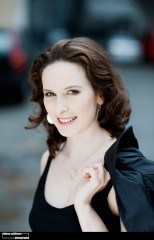
‘Completion’ is just a relative term in Condon’s lexicon. In truth, there are several steps which are yet to be realised. Hours of recording need to be edited and mastered, separately at first and then with the production team reconvening in Lisbon. Meantime, Condon is writing notes for the CD, whilst UK based record label Toccata Classics works on the marketing, timed for a November release, commemorating the Glanville-Hicks birth centenary in December 2012. Coincidentally, Durrell too was born in 1912 (February) and in a strange twist of fate, they both died in 1990.
Recording an abstraction that previously only existed as a score, immediately makes that music accessible to millions and gives it life into the future – rather like discovering a new continent, or a new taste. With discovery, comes surprise, and there were many – pleasant and not so pleasant. Until she gathered with the musicians in July, Condon herself had only worked with a piano reduction. She could only take guesses – albeit very educated ones – at what the music would sound like in reality. A reality, which she says, was awesome. She lowers her voice to a hush as if to share a secret – ” There are colours! There are infinite colours! Then there’s the sheer size of it which surprised me even though I had looked at it so carefully. I think Peggy still had in mind the success of Nausicaa in the Herod Atticus Theatre in 1961.” Nausicaa had a cast of 150 who took 8 curtain calls and received an ovation of 10 minutes from audience of almost 5000. “Peggy’s orchestration for Sappho shows just how excited she was about what happened at Herod Atticus and although there is no evidence for it, I’m convinced she was influenced by the enormity of her success with Nausicaa – you can hear 5000 Greek soldiers coming towards you. That’s the scale of it” she says emphatically.
Sappho’s orchestration includes double woodwinds, percussion, brass and a large string section (Condon used 13 first violins and 5 double basses). “A fairly hefty sound” she says. “For example, there are places where three trumpets double a singer in unison. I unintentionally ended up with a Wagnerian cast, but it wasn’t written for Wagnerian singers and you would reduce the number of strings appropriately.”
“We had a chorus of 32 singers, which for the purposes of recording in that hall was sufficient, but which I think is the minimum number required. The Gulbenkian chorus is an amateur chorus that works with the orchestra and make a well played in team. Their enthusiasm was extraordinary.”
…and the not-so-pleasant? “About 3 weeks before we were due to record, 3 of the 6 principals withdrew – it happens – but it was terrifying, particularly because I was rehearsing Tristan for the Hamburg Opera, Deborah Polaski was staying with me so I could work with her in my lunch break and I had performances of Ariadne in the evening. It was sheer panic and I don’t think I slept for two weeks. I had to find someone who could learn an unknown opera in English, for no money and come to Portugal for two weeks in their holidays to record it”.
The next surprise was considerably more reassuring . “I confided in a few people that I was having trouble and was amazed by the help I got from my fantastic management and my colleagues from Hamburg and other places. Stuart Skelton, who wanted to sing but was scheduled to be in Australia, put me in contact with some top heldentenors. My manager engaged baritone Roman Trekel, who works a lot with Barenboim – and that was literally overnight from despair at 4 in the morning, frantically trying to listen to people on You Tube. I’m very grateful for You Tube! One can put everything up there as a point of reference – it helped me find the heldentenor – American Scott Mac Allister. Although he was living in Germany, our paths hadn’t crossed. I was looking for a heldentenor with a serious top because there’s a top C quaver in the middle of a phrase which is pretty deadly”.
Despite this seemingly sharp corner, Condon argues that Sappho is very well written for the voice. “In performance I would take out that top C. There’s no reason for it. In recording he did it live though I gave him the option of patching it in – it’s in such an impossible place. But he insisted on doing it in context and on the day it ripped out of nowhere. The orchestra all cheered at the end of the take!”
Summer holidays, a degree of obscurity and busy schedules for the stellar cast meant that there was never a practical means of getting all the performers in the same place at the same time. The recording though, was acoustically if not chronologically true. “I’m thrilled that we managed to do the scheduling so that each scene was recorded in its entirety. None of the duets were recorded as single tracks. For everything you hear, we were all in the room at the same time.” And so, she adds enigmatically, ” Still, no one has heard it in its entirety.”
I am reminded of a precious work of art where the artisans work on the fragments separately and secretly until they are pieced together and finally, the magnificent whole is revealed.
Watch this space for the second instalment of our interview with Jennifer Condon, in which she talks about the challenges of recording, marketing a recording in the digital age, and about opera in English.
Sappho is scheduled for release in November on the Toccata label.
Jennifer Condon was interviewed by Shamistha de Soysa for Sounds Like Sydney ©
See Part II of this interview, published on September 26th, in which Jennifer Condon talks about the challenges of recorded music in the digital age, on opera in English, and about the missing generation.

